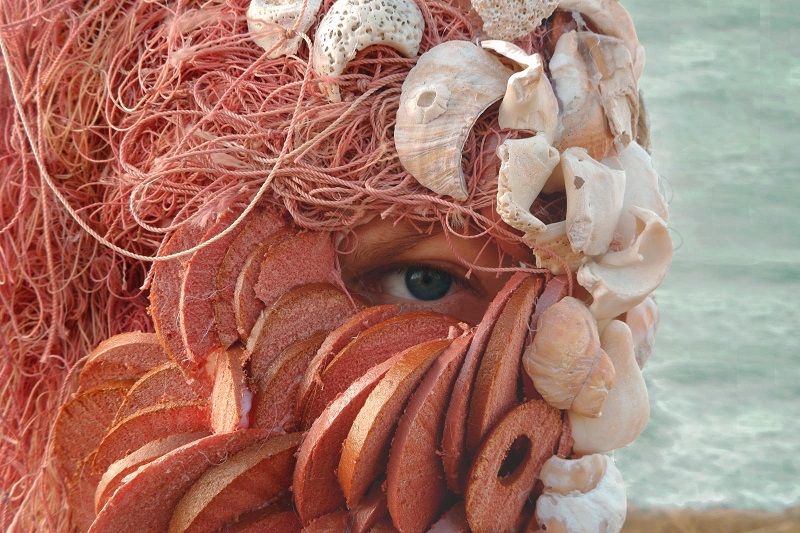Meet Jordine Cornish, Master of Creative Arts Therapy student at the University of Melbourne

Jordine Cornish has lived, worked and danced across Israel and Europe. Now her feet have landed back in Melbourne, where she is strengthening her creative career with a Master of Creative Arts Therapies (Dance Movement Therapy).
Can you tell us a bit about the pathway you took to studying at the University of Melbourne?
My path to creative arts therapy involved a childhood filled with dance and play and a clear direction. That of pursuing dance at a tertiary level. I graduated from the Bachelor of Fine Arts (Dance) in 2010, receiving the Dr Phillip Law Travel Scholarship, which supported my explorations of the European dance scene.
I returned to the VCA in 2012 and completed a postgraduate degree in Dance Performance (Choreography) – a course which is no longer offered. This was an important year of artistic incubation, fostering and experimenting with my craft. Since 2013, I’ve been based in Europe and Israel, freelancing as a performer, choreographer, arts educator and facilitating yoga.
After seven years, situated in an international context, I’ve returned to the University of Melbourne (which begins to feel like home base) to expand myself with a Master of Creative Arts Therapies (Dance Movement Therapy).

Was there a lecturer or peer who had particularly positive influence on your study?
All of my lecturers during my undergraduate studies left lasting, positive impressions on me in various ways. I’d particularly like to acknowledge Helen Herbertson, whose guidance continues with me beyond my formal studies.
Tell us about what inspires you and your creative practice?
My practice now (I say "now", as it is ever-evolving) is curious about the dancing voice, acts of transformation through mask-wearing, and ritualistic movement practices.
Essentially my practice is play – playing with improvisational structures. I like making a lot of mess, of my moving parts, and then piecing myself back together in perhaps a more "combobulated" manner.
Journey to the Centre of the Earth The Musical has been my wildest artistic job. Alongside an incredible international artistic team and a mighty glacier, we created this epic, three-act musical in a remote fishing village of Iceland.
What are your goals for the next few years?
Focusing on my artistic, performing, dance-making self in an international context for the past decade, it seems like a shift of gears to commence a masters in creative arts therapies on home soil. I’m curious about how I can weave my artistic and performing self with my new therapist self. Dancing forward, my focus is shifting to address issues of significance in local communities. I’m ambitious to create new artistic works with people in marginalised communities.
What do you think a “career” for someone with your skills looks like?
I don’t listen to people who say that dancers only have short-lived professions.
My fellow peers from my undergraduate dance degree who pursued dance at a professional level are now business owners, university lecturers, curators, event managers, artistic directors, filmmakers, and are all doing an excellent job in social distancing during these pandemic days (the benefits of spending hours in dance class practising maintaining equal distance apart from one another).

What advice would you give to prospective students who want to pursue a career in your field?
I remember when I was graduating from my undergraduate dance degree, Meredith Blackburn (another notable, inspiring dance lecturer, now retired) assured me that once I graduated, if I didn't dance for a month, or six months, or a year, that it’s okay, there’s time.
I’ve had intensive phases in my life focused on my artistic practice and other phases where I floated across landscapes wondering what the next project or job might be.
It was in those times of floating, searching, trying something new, getting lost, finding myself again, that I developed a greater emotional depth.
- Follow Jordine Cornish's amazing work on Instagram, and on her website
- Find out more about the Master of Creative Arts Therapies (Dance Movement Therapy) at the University of Melbourne